Computer Science K-12 Classrooms Needs to Catch Up

It’s estimated that in the next decade the number of computer science jobs in the U.S. will outnumber qualified people by 1 million. That’s 1 million jobs for the taking that Americans will miss out on because of inadequate skill sets. Despite this, only 10 percent of K-12 schools have computer science programs.
So what gives?
- 0 Comments
- Jan 16, 2020 10:00:00 AM
- Posted by Natalia Galvis
- Topics: Robotics, EdTech, STEM, Computer Science, Coding, Robots,, programming, Edchat
5 reasons to learn a new Programming Language in 2020

Bruce Lee has once famously quoted “I fear not the man who has practiced 10,000 kicks once, but I fear the man who has practiced one kick 10,000 times”. In year 2020, do you need to learn a new programming language or do you need to work on the languages you already know like Bruce Lee has said? Like many other questions, the answer is: it depends.
- 0 Comments
- Jan 15, 2020 10:00:00 AM
- Posted by Natalia Galvis
- Topics: Robotics, EdTech, STEM, Coding, Robots,, programming, Edchat
5 K-12 Guidelines For Artificial Intelligence: What Students Should Know
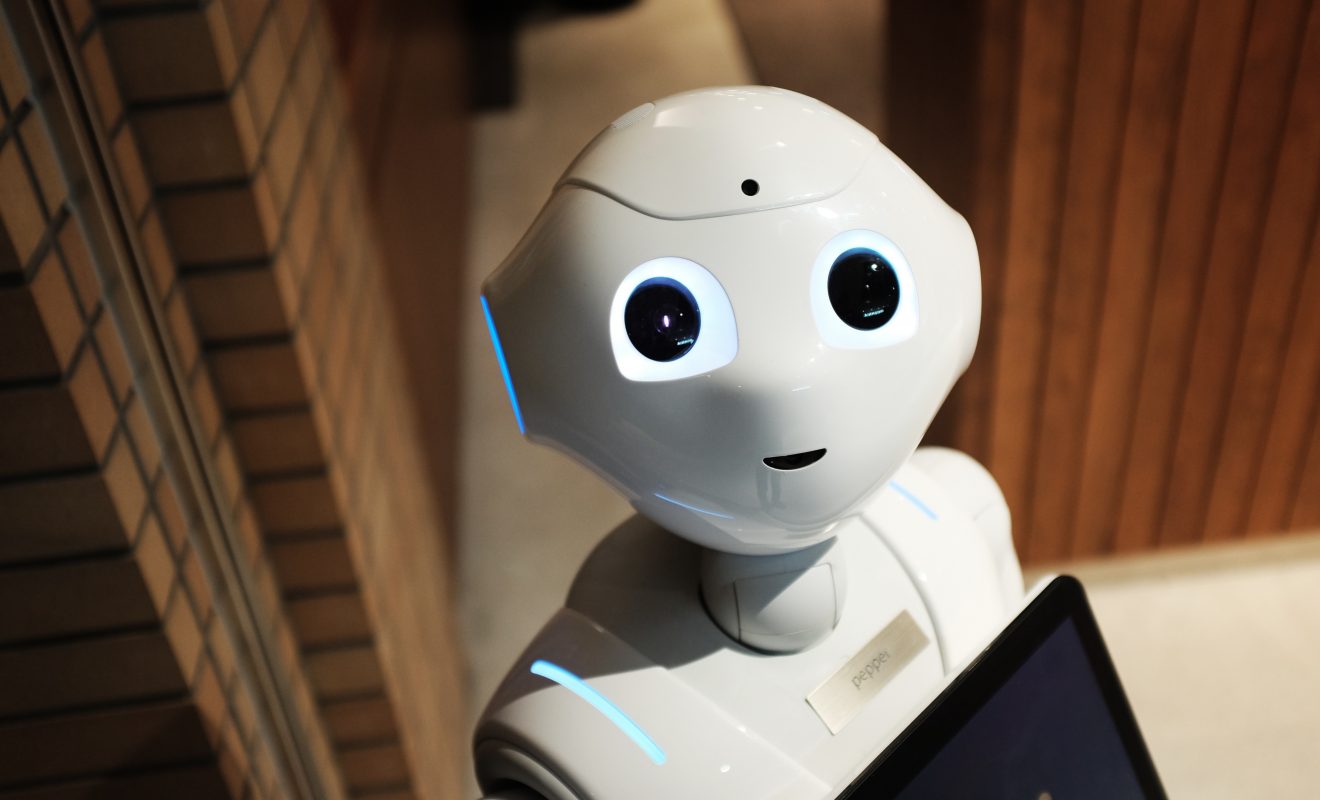
Artificial intelligence (AI) is the future. It is already altering the way our world operates, and it’s a force of change that education has no choice but to engage with it. According to a recent Gartner report, one in five workers will have some form of artificial intelligence as a co-worker.
That means most of today’s K–12 students will be part of a workforce that will include AI co-workers. In order to flourish in this new work environment, students must study AI, and K–12 schools will need to have artificial intelligence curricula.
The Association for the Advancement of Artificial Intelligence and the Computer Science Teachers Association have formed the AI for K-12 Working Group. This working group has come up with five big ideas regarding AI that every student should know about.
- 0 Comments
- Jan 14, 2020 10:00:00 AM
- Posted by Natalia Galvis
- Topics: Robotics, EdTech, STEM, 21st Century Classroom, Artificial Intelligence, Robots,, Innovation, Edchat, AI
How and Why to Bring Robotics into the Classroom
The need for people in STEM-related careers is at an all-time high. Science, tech, engineering and math fields are looking for people who can think critically, solve problems and work with science and math concepts with ease. For years, much of this type of work has been outsourced to other countries, but with the growing dependence on tech, domestic businesses are also increasing hires in these fields.
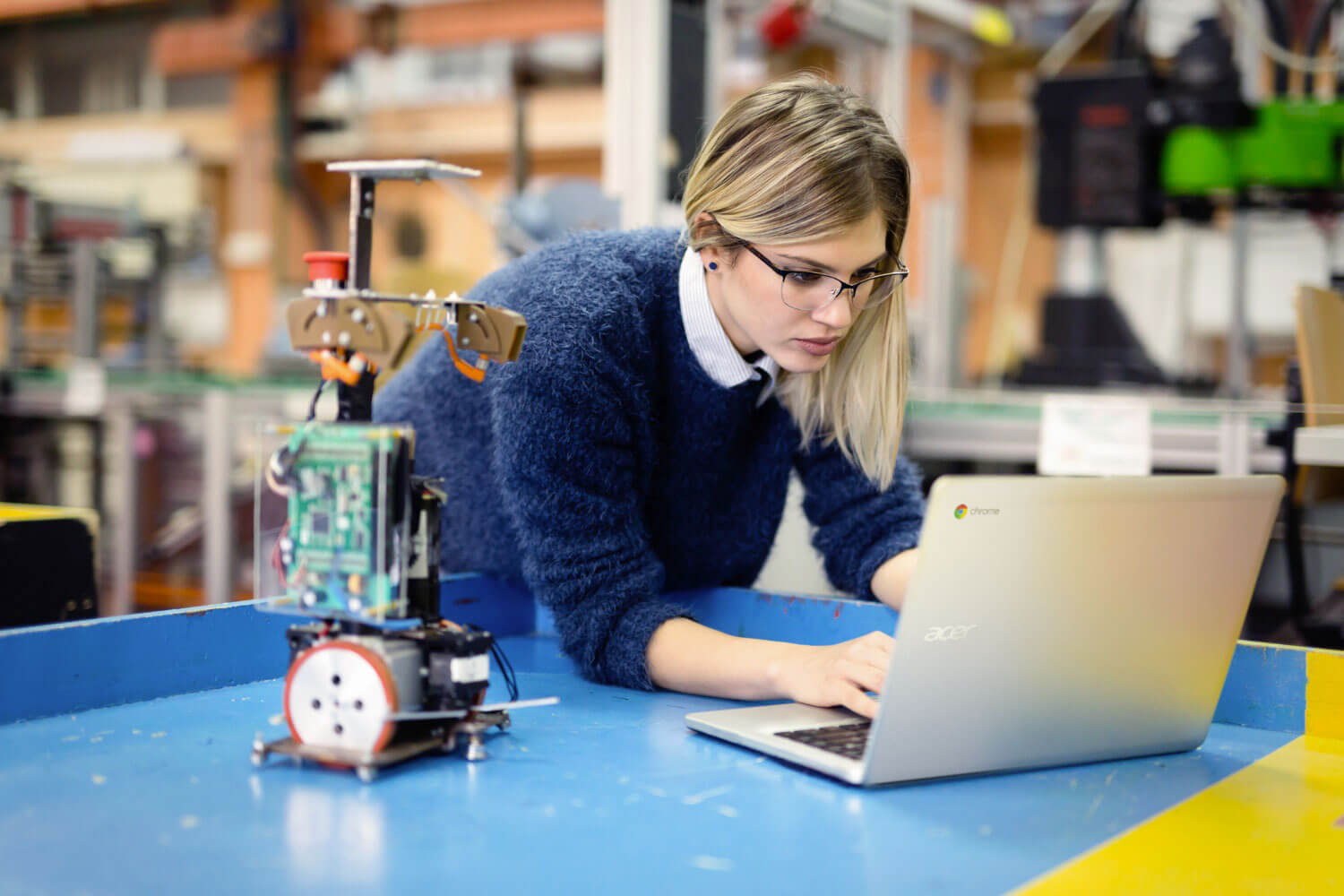
While teachers are preparing students for their potential careers, they are also imparting the many other benefits of bringing STEM concepts into the classroom. One way to do this is through robotics. While building robotic figures and getting them to work, students learn skills like mechanics, engineering, coding and more.
- 0 Comments
- Jan 13, 2020 10:00:00 AM
- Posted by Natalia Galvis
- Topics: Robotics, EdTech, STEM, 21st Century Classroom, Robots,, Innovation, Edchat
How Robotic and Technology are Helping the Education Sector
Education is the building block of society. While in the early days, education setup was all about a tree, chalk and slate with the change in time, it has revamped into a luxury space that includes everything that reduces human effort in terms of learning.
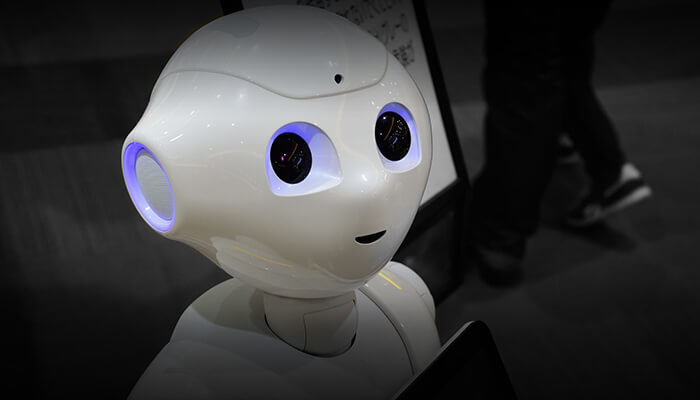
Today, more than anything else, the entire focus is shifting towards innovation, creativity, technical advancement. Education is not just limited to educate someone rather it has become a practice to innovate and the formal education system is reaching a new level.
- 0 Comments
- Dec 20, 2019 10:00:00 AM
- Posted by Natalia Galvis
- Topics: Robotics, EdTech, Education, Robots,, Technology, Edchat, Digital Technology
Educators: Are You Really Technology Literate?
The Internet is firmly here to stay. Computers and the World Wide Web have come a long way since the net first launched in the late sixties. Computers and all their silicon associates have cemented themselves into the modern world. Cell phones, laptops, iPods, iPads, tablets – the list goes on and on. Screen-literacy has become a mandatory part of success in today’s world.
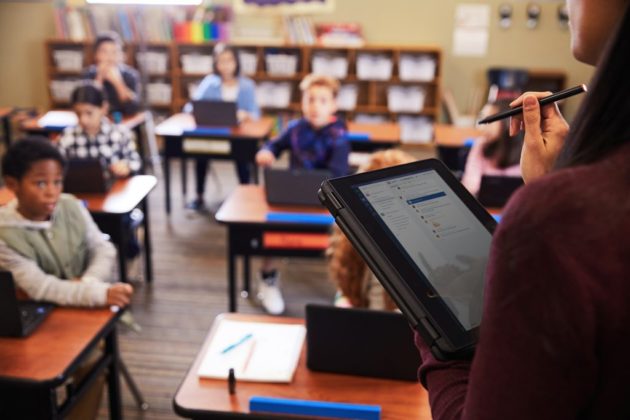
- 0 Comments
- Dec 19, 2019 10:15:00 AM
- Posted by Natalia Galvis
- Topics: Robotics, EdTech, Education, Robots,, Technology, Edchat, AI, Digital Technology
The Effects of Artificial Intelligence on Education
Artificial intelligence can be defined as the ability of computer systems to perform tasks and activities that usually can only be accomplished using human intelligence. In the world of education, this technology is revolutionalizing schools and classrooms, making educators jobs a lot easier.
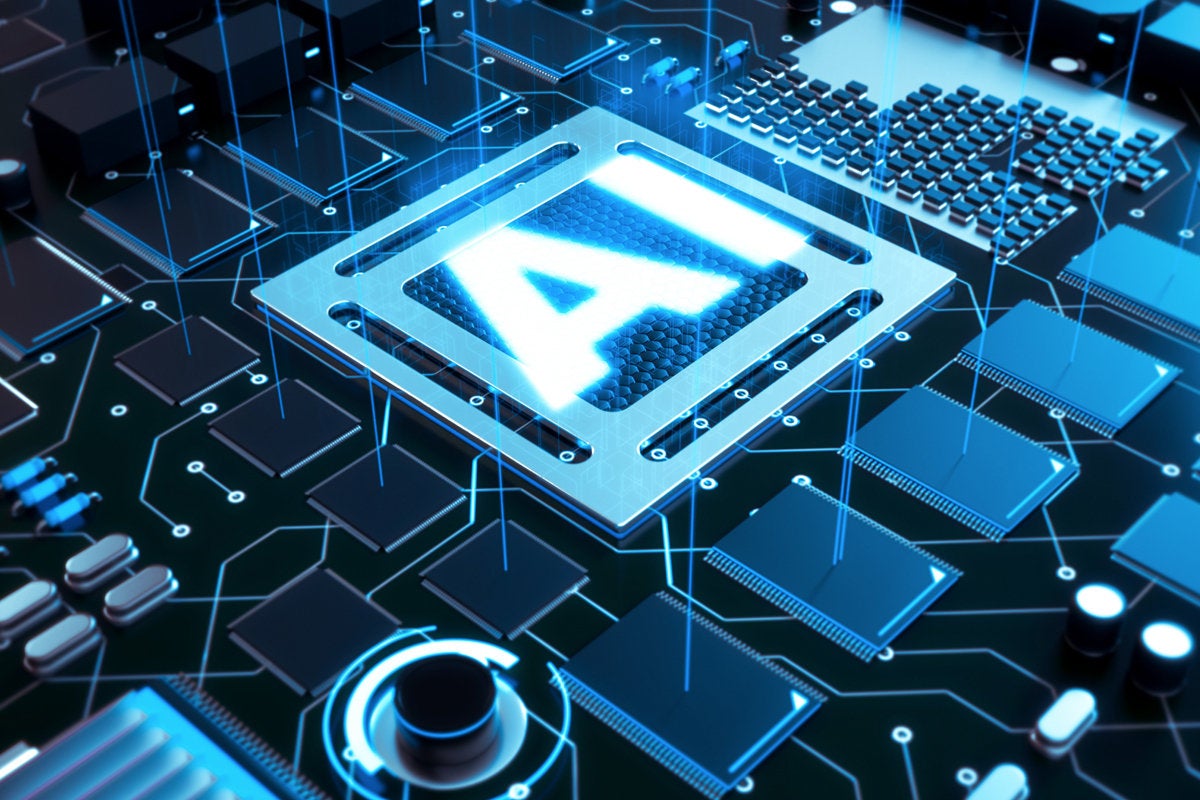
- 1 Comments
- Dec 18, 2019 10:13:08 AM
- Posted by Natalia Galvis
- Topics: Robotics, EdTech, Education, Artificial Intelligence, Robots,, Edchat, AI
Boosting Your Child's STEM Skills With Robotics
"STEM" is an important educational topic sweeping through homes and schools across the world. STEM is an acronym representing the huge push to teach and involve students in science, technology, engineering, and math. Due to struggling test scores and low enthusiasm in many schools, both parents and teachers are striving to find new and better ways to create greater interest in these critical learning topics. These classroom subjects give our children the keys to a booming future in one of these science-driven fields. Although there are many ways to help encourage a STEM education, robotics education programs are allowing children as young as 6 to learn valuable problem-solving STEM skills.
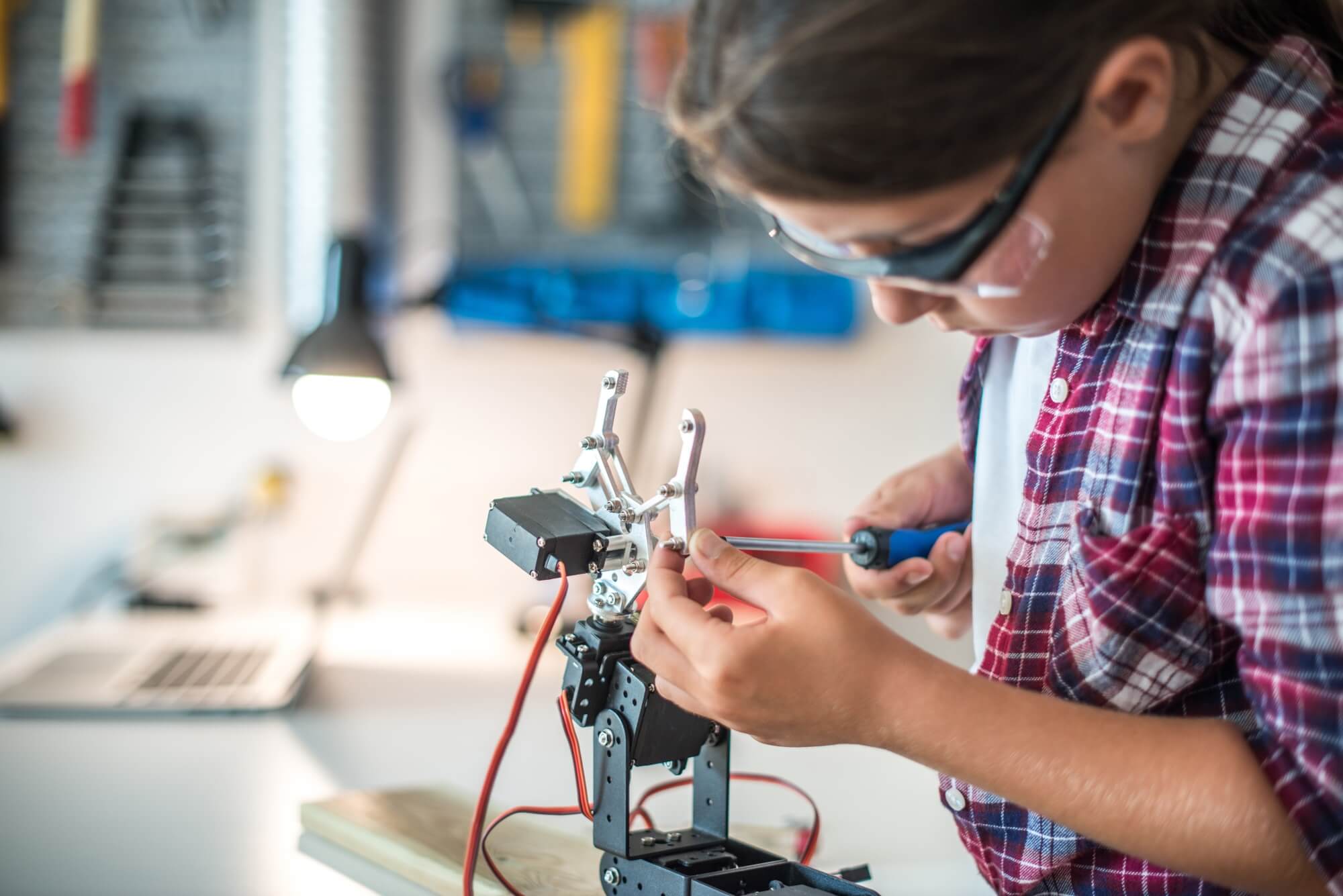
- 0 Comments
- Dec 11, 2019 10:15:00 AM
How Educational AI is Making the Grade
Adoption of artificial intelligence is on the rise: According to research firm Gartner, 37 percent of organizations have now “implemented AI in some form,” and adoption is up 270 percent over the past four years.
Schools are following suit: Technavio’s “Artificial Intelligence Market in the US Education Sector 2018-2022” report predicts a nearly 48 percent growth rate for AI tools over the next three years.
The key to AI success is specificity. It is crucial to define key needs AI tools can meet and shortcomings it can address. This is especially true for K–12 institutions faced with limited time and budgets.

- 0 Comments
- Dec 10, 2019 10:00:00 AM
- Posted by Natalia Galvis
- Topics: Robotics, EdTech, Education, Artificial Intelligence, Robots,, Edchat, AI
How to Use 3D Printing in STEM Classes
Gone are the days when students could only print on traditional two-dimensional paper. The world of 3D printing is opening up new doors in the classroom setting. With the invention of this technology, teachers can bring lessons to life in a new way that was previously inaccessible. Most classes could benefit from the addition of a 3D printer, but STEM classes can uniquely utilize this new opportunity. The ability to design and physically create small models can be invaluable in these STEM-based courses.

How can educators make the most of the 3D printer in their classroom? Here are just a few ways that this technology can create a more realistic and hands-on lesson to further a child’s grasp of essential concepts.
- 0 Comments
- Dec 9, 2019 10:00:00 AM
- Posted by Natalia Galvis
- Topics: Robotics, EdTech, Education, Robots,, Edchat, 3D-Printer
Relevant Posts
Popular Posts
Subscribe to Email Updates
-
I Want To Learn MoreADDITIONAL INFORMATION


